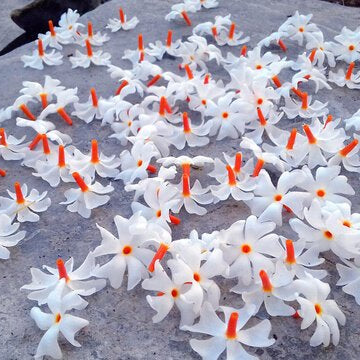
Available 24/7
Available 24/7

Once you start a garden in your home, there are a lot of things you have to take care of.
The basic ones are water, sunlight, temperature, pests, and Nutrients. Nutrients are needed to make sure that your plant is healthy and will give a bountiful crop. And one of the sure ways to give nutrients to plants is via compost.
It is the simplest way to give nutrient-rich humus to your plants to fuel plant growth and restore the much-needed vitality to the soil. It is easy to make and is environment friendly.
You can easily make it in your home using leftover vegetable waste. It adds nutrients to your plants and helps retain soil growth. It is not called the ‘black gold’ for no reason.
Composting helps reduce the wastage that is thrown out of households daily. This also helps in the long run as when these wastage are thrown into a landfill, they do not get the required conditions such as air and humidity to decompose properly which leads to the formation of methane gases which affect the soil fertility.
They are also a natural healthy alternative to the chemical fertilizers available commercially in markets, in other words they are good for the environment.
Carbon-based materials like stems, leaves (Dried), small bits and pieces of wood, barks, branches (Twigs and sticks), Tea leaves and coffee filters, shredded paper bags (brown and others) (don’t add plastic lined ones), eggshells, straws, etc. are suitable for adding to your compost pile to give it a light fluffy feel.
While nitrogen-based materials like manure (use bovine based ones; do not add human or dog or feline ones), food scraps, leftovers, kitchen leftovers, lawn clippings, green leaves to the compost pile as they are basically raw materials for making enzymes.
Buy Garden Potting Soil Mix | View Details
You can use any material for a container as long as it has a lid that fits snugly over the top. You can also build a wooden one in your backyard (cover with clay), or you can pile three or four equal-sized tires and build a compost bin with them.
Buy Garden Green (Organic Compost Soil Conditioner) | View Details
You can also use plastic containers or metal or even ceramic ones (stainless steel compost pail with a carbon filter or a ceramic model will cut down on odors).
You will be needing a lid on top that fits snugly over the top to ensure that the least amount of odors will leak out from the top.
It will also help keep fruit flies and other pests from making it their nest or just droning over the top. You will also need the lid to keep the humidity and temperature inside the bin stable to help speed up the composting process.
Also make sure you do not add large chunks ( chop them up into tiny bits) to help process the composting faster.
Buy Nutrient-rich general purpose potting | View Details
You can also add natural activators like comfrey leaves, grass clippings, young weeds, and well-rotted chicken manure to the pile to speed up the decomposition. Add lime or calcium (eggshells) to the pile to make sure fruit flies and such are not attracted to the pile.
After a few months you can use the compost which will give off a rich earthly smell and will look like dark mulch and will feel soft and fluffy. In other words, it should be dark brown, crumbly, and smell like earth.
 Save 45%
Save 45%
(MRP Inclusive of all taxes) Shipping ₹79 for entire order Dispatch in 7 days Country of origin: India Today's Offer Get ₹249 Air Purifier ...
View full details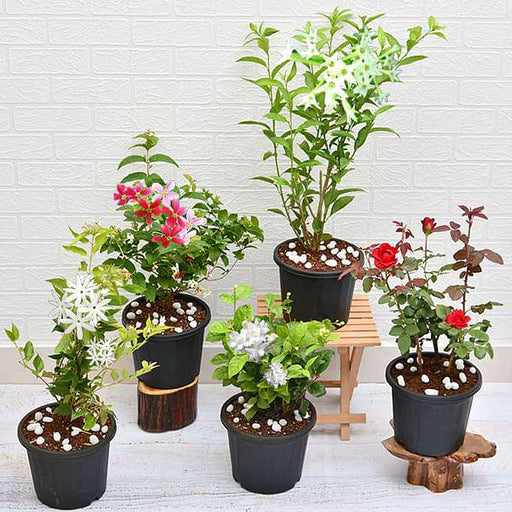 Save 12%
Save 12%
(MRP Inclusive of all taxes) Shipping ₹79 for entire order Dispatch in 7 days Country of origin: India Today's Offer Get ₹249 Air Purifier M...
View full details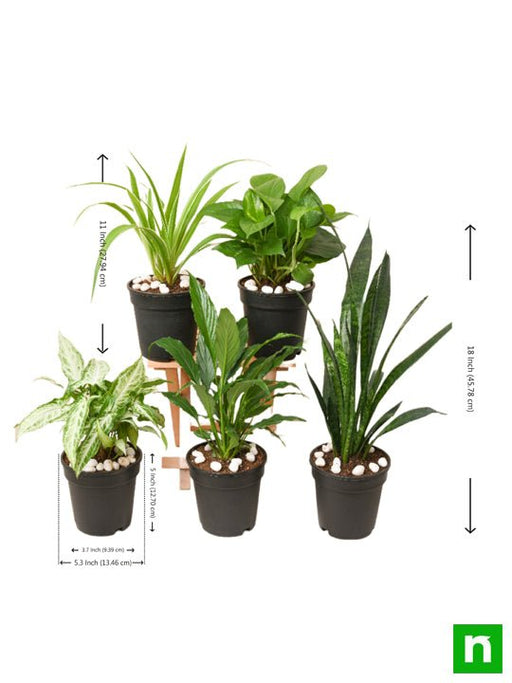
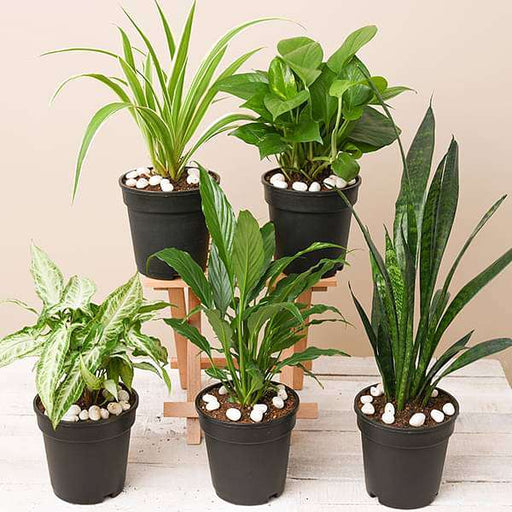 Save 21%
Save 21%
(MRP Inclusive of all taxes) Shipping ₹79 for entire order Dispatch in 7 days Country of origin: India Today's Offer Get ₹249 Air Purifier M...
View full details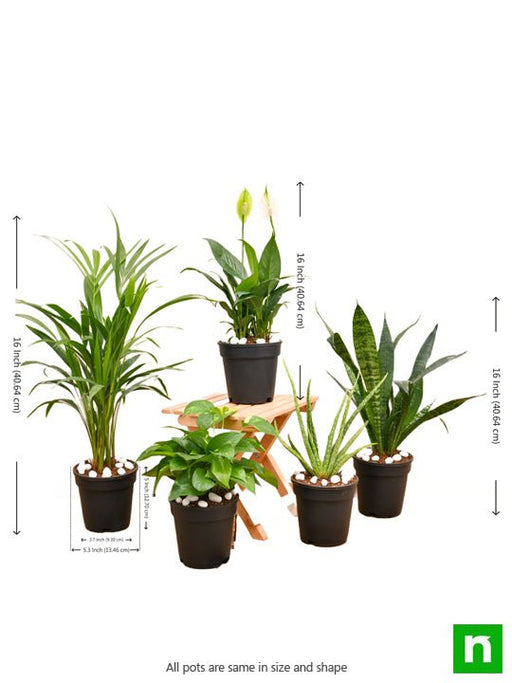
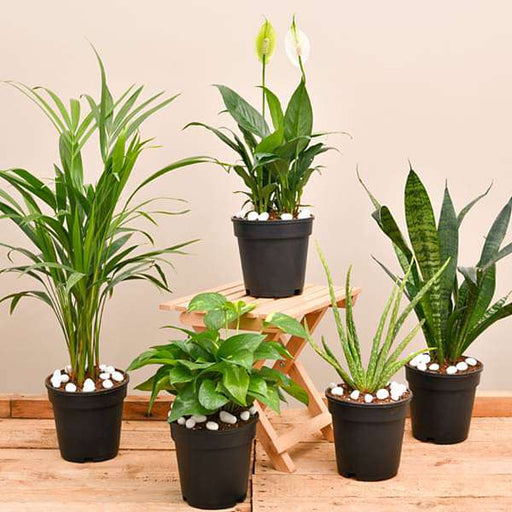 Save 20%
Save 20%
(MRP Inclusive of all taxes) Shipping ₹79 for entire order Dispatch in 7 days Country of origin: India Today's Offer Get ₹249 Air Purifier M...
View full details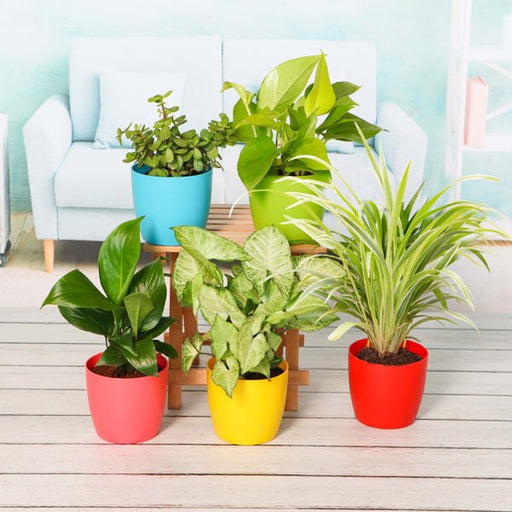 Save 16%
Save 16%
(MRP Inclusive of all taxes) Shipping ₹79 for entire order Dispatch in 7 days Country of origin: India Today's Offer Get ₹249 Air Purifier M...
View full details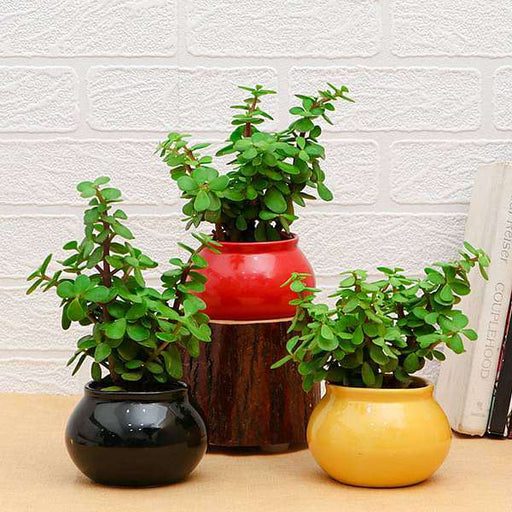 Save 22%
Save 22%
(MRP Inclusive of all taxes) Shipping ₹79 for entire order Dispatch in 7 days Country of origin: India Today's Offer Get ₹249 Air Purifier M...
View full details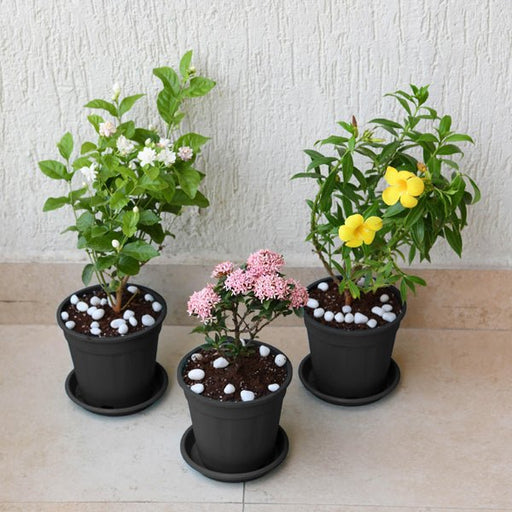 Save 17%
Save 17%
(MRP Inclusive of all taxes) Shipping ₹79 for entire order Dispatch in 7 days Country of origin: India Today's Offer Get ₹249 Air Purifier M...
View full details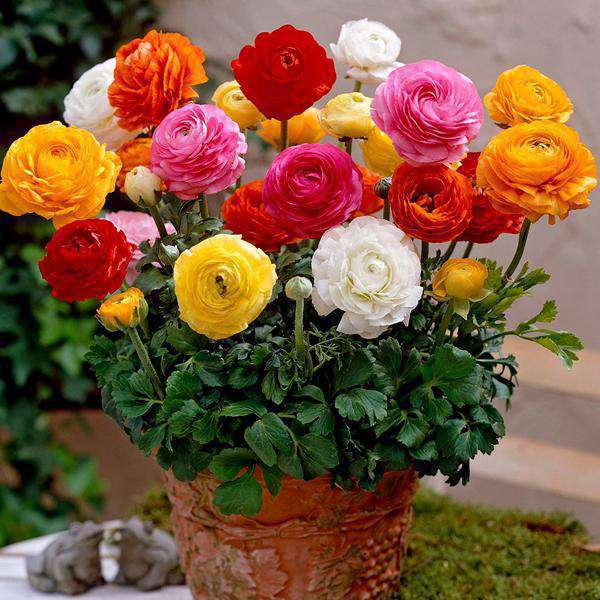

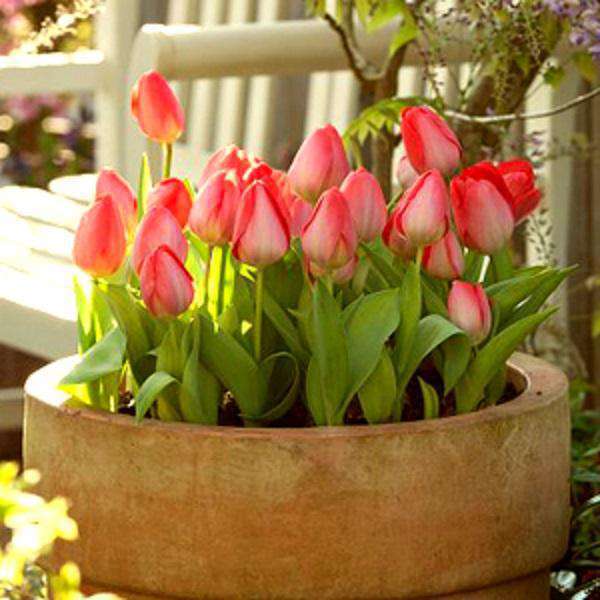
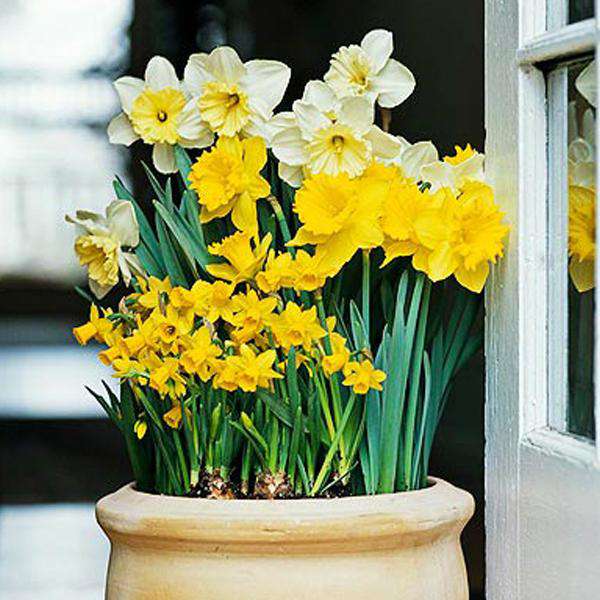
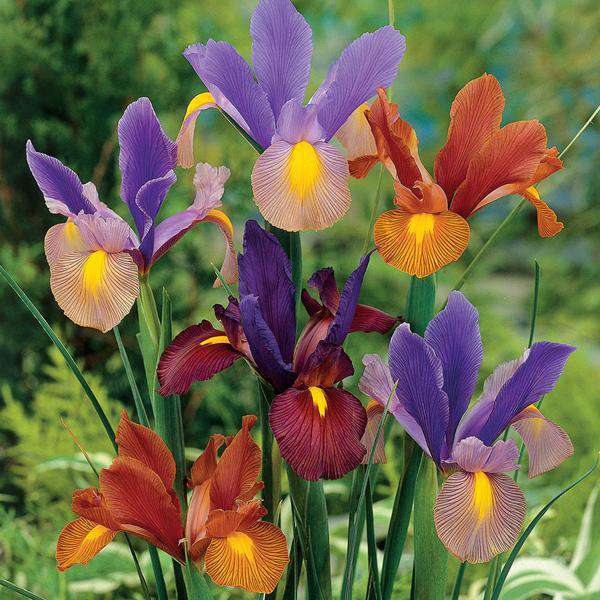
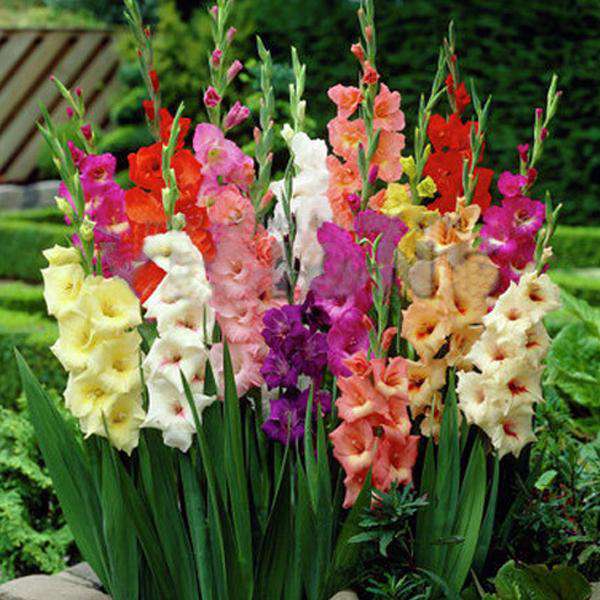
Leave a comment